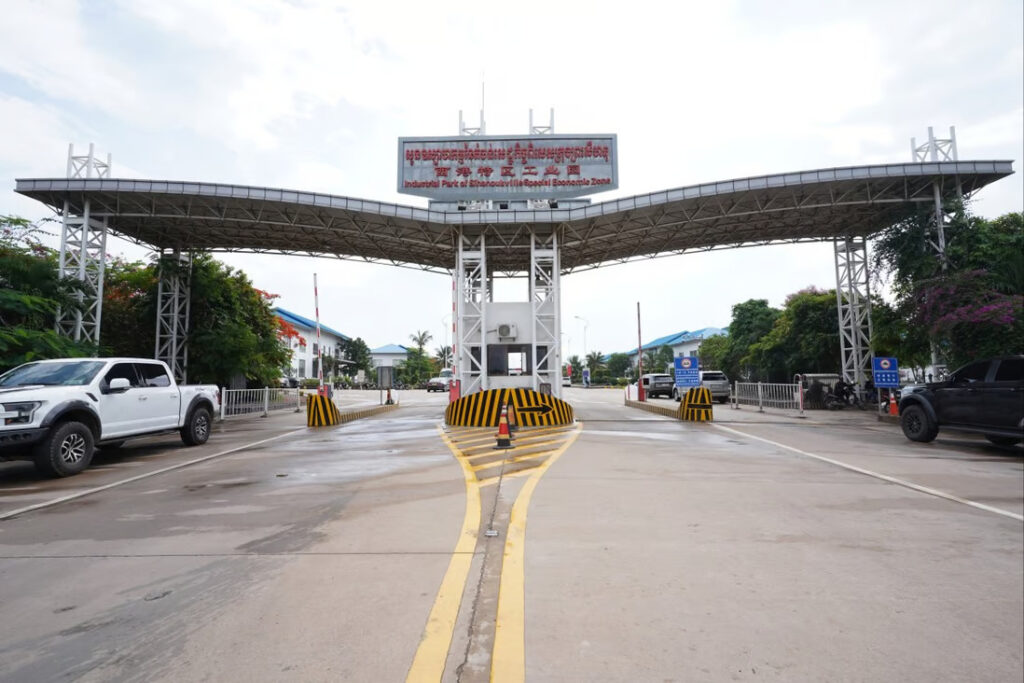
Southeast Asia is a region inhabited by around 679 million people. The area is a combination of various countries including the giant region of Indonesia — the fourth most populous country in the world with a population of around 277 million people. The growing economy of SEA has positioned the region as significant to other countries worldwide and as a crucial player in the aspects of global goods supply, economic stability advocacy, transition to sustainable energy, and helping to uphold the maintenance of a globally regulated system.
Recently, however, it has become evident that China has decreased its development aid to the Southeast Asian region. The superpower was the largest aid donor in Southeast Asia between 2015 and 2019. But during the COVID-19 pandemic, Southeast Asia’s largest aid was taken over by the Asian Development Bank (ADB) and The World Bank.
According to a Lowy Institute report, Southeast Asian aid was funded by around 100 countries and international organizations between 2015 and 2021. During the said period, China’s contribution to Southeast Asia fell from $7.6 billion to $3.9 billion. China has channeled around 20 percent of Southeast Asia’s funding between 2015 and 2021 or the equivalent of $5.53 billion per year. Loan funding from the country has been used for infrastructure projects, such as the construction of high-speed rail projects in Thailand, Malaysia and Indonesia.

At a time when China was reducing funding assistance to Southeast Asia, the United States and allies such as Japan and Australia formed the Trilateral Partnership for Infrastructure Investment in the Indo-Pacific Region to promote sustainable infrastructure based on high standards of governance and increasing assistance to Southeast Asia to gain bigger influence. Geostrategic tensions between China and Western countries have increased the focus of the United States, Japan, and Australia on the use of financing, especially infrastructure, as a means of competing for influence in the Southeast Asian Region. Southeast Asia is at the same time an important focus for Western countries.
China’s slowing economic environment makes for a change in strategy. Currently, it wants to prioritize its home market over spending large sums of money abroad. The nation is also becoming increasingly aware of multiple countries in the Southeast Asian region that have borrowed substantial funds, particularly Laos, which may encounter challenges in repaying its state debts to China. In doing so, China is setting a precedent for Laos as an illustration of the difficulties foreign borrowers may face when repaying funds. This development has made it more challenging for other countries to secure borrowing from China, as the latter becomes increasingly cautious and discerning in its decision-making and provision of foreign financing.
In general, The United States, Australia, and Japan have increased aid in the form of loans in the Southeast Asian region. However, most of the development funding comes from Japan, South Korea, the United States, Australia, and the European Union (comprising around 80 percent of Southeast Asia Regional funding).
There is a new partner based in Saudi Arabia, the Islamic Development Bank (IDB), which provides loan assistance of $225 million per year in non-concessional loans with a focus on grants to Myanmar of around $70 million. In detail, South Korea contributed $20.4 billion while Germany, the US, Australia, and France contributed between $5.34 billion and $8.5 billion.
Southeast Asia is currently witnessing economic growth propelled by both foreign investment and private capital. In this context, it is crucial to underscore the significant role that development costs continue to play in fostering growth throughout the region.